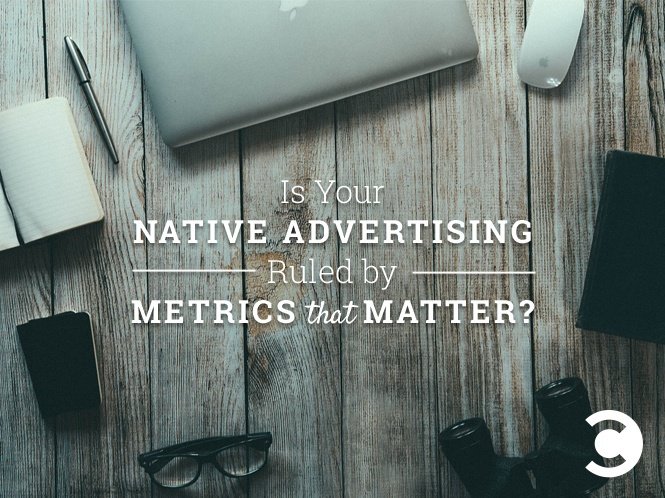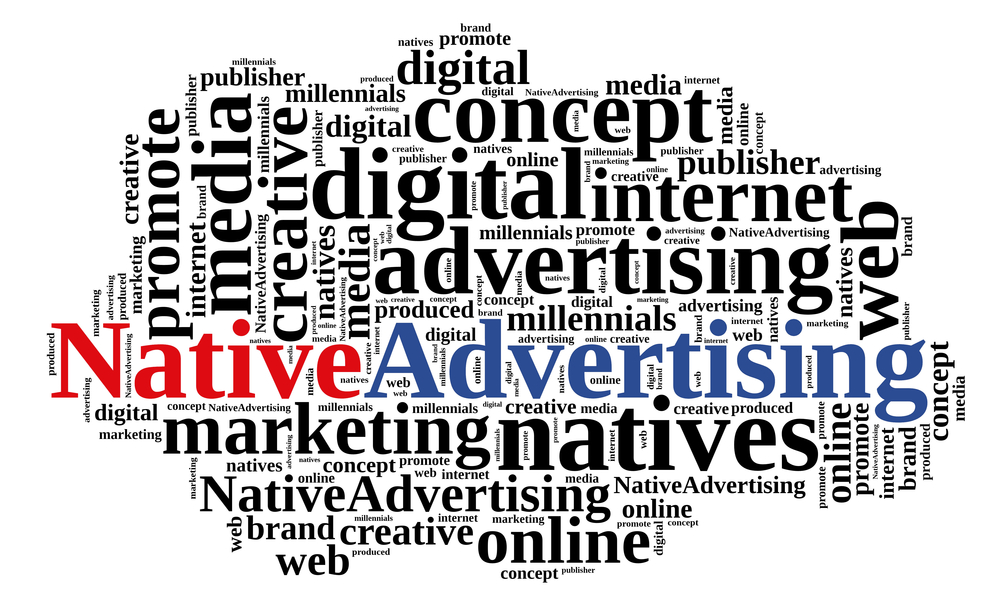
Botching a first impression can make for a hard climb out of the doghouse. As far as first impressions go, native advertising gave consumers impressed them as much as chewing with your mouth open at dinner. When it first launched, native advertising had little-to-no regulation and fostered a natural distrust in its audience.
Sure, some transparent companies labeled their ad units as they should, but others, however, skirted around lax rules to avoid labeling their ad units all together.
On top of that, digital advertising already left consumers with a bad taste in their mouths thanks to overly intrusive banner ads interfering with the user experience in the early days of online marketing. In contrast, native advertising was crafted to fit organically in the environment its placed in so readers can continue to enjoy their stream of content, while not being bombarded with surprise ad attack.
The shame of it is that native advertising is beneficial to readers and advertisers alike; there is a higher level of investment and creativity involved in native than other forms of advertising. And instead of the straightforward click-bait you see with banner ads, native advertising attempts to entertain and inform with its content. The nature of it is to engage the reader, not hard sell them on a product or special offer.
Here are three ways the industry can prompt the public to give native advertising a second look:
- Label them. Whether your ad is placed in an unit alongside other ads, or is a stand-alone one-off ad, labeling them is key. It’s been shown that the more you label your ads, the more qualified clicks they received. Not to mention unlabeled native ads posing as journalistic articles is one of the main reasons the tactic got a bad rap in the first place.
- Be transparent. You can’t rebuild trust without a commitment to absolute honesty and transparency. You have to let consumers know that they are about to read and interact with an ad; the more upfront you are about content, the better off you are long term. Pay close attention to the wording used in your ads to ensure that it doesn’t mask the fact it’s an ad or being sponsored. As for testimonials, make sure that it’s explicitly listed as a paid testimonials at the bottom of the ad.
- Treat paid studies the same way. Disclosure is key; absolute transparency also goes for any paid studies.
If consumers are really interested in your product, a paid study won’t be a problem. Think of it as if someone wants to date you — they likely won’t be deterred by the fact that your shirt is wrinkly. When rebuilding trust, there are no half measures. Advertisers, publishers ad networks and marketers must be forthright with consumers to help native advertising reach its potential.
The first impression is gone. Now, it’s time to show the audience why native advertising deserves another shot.







